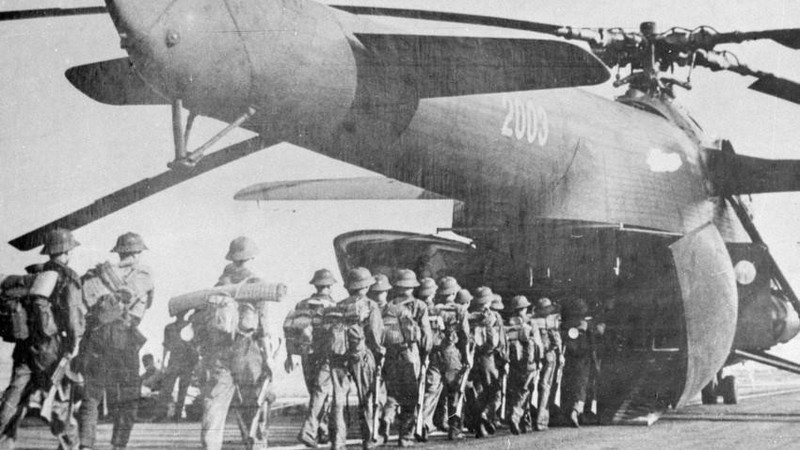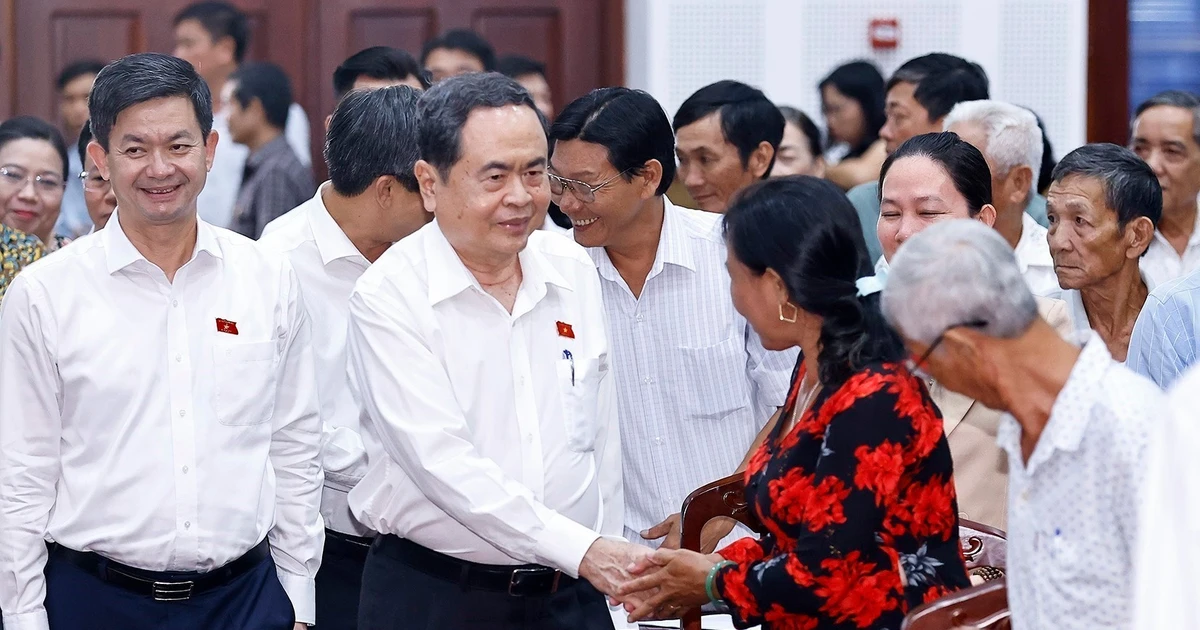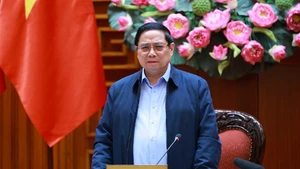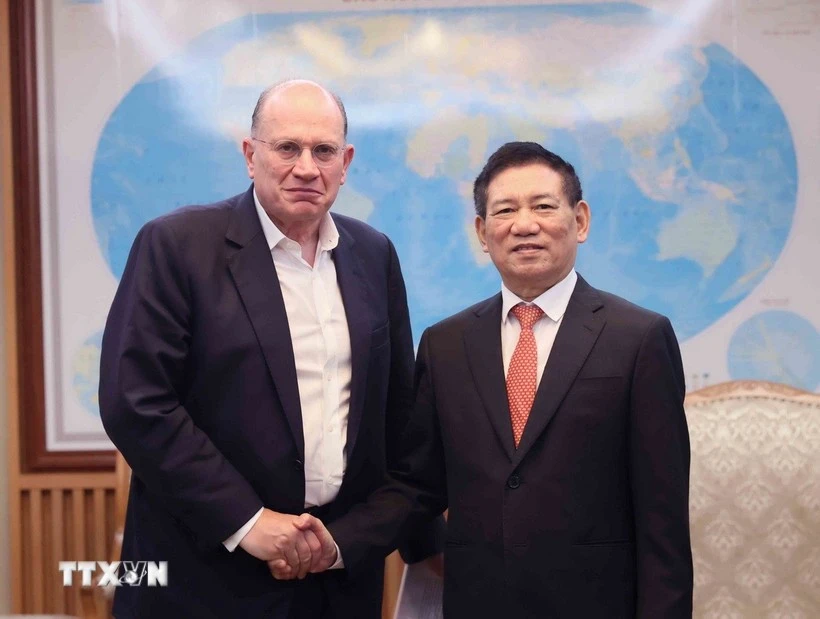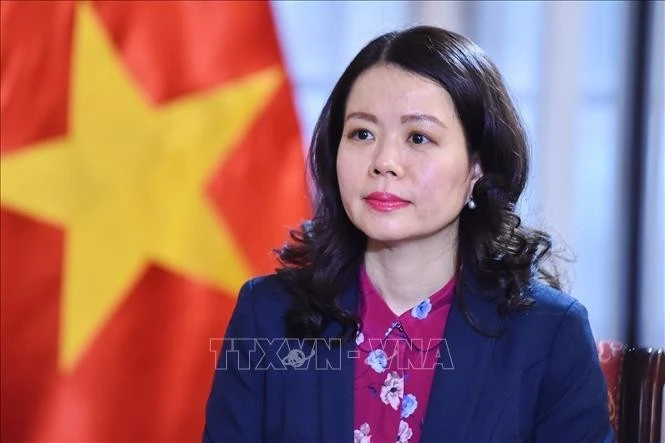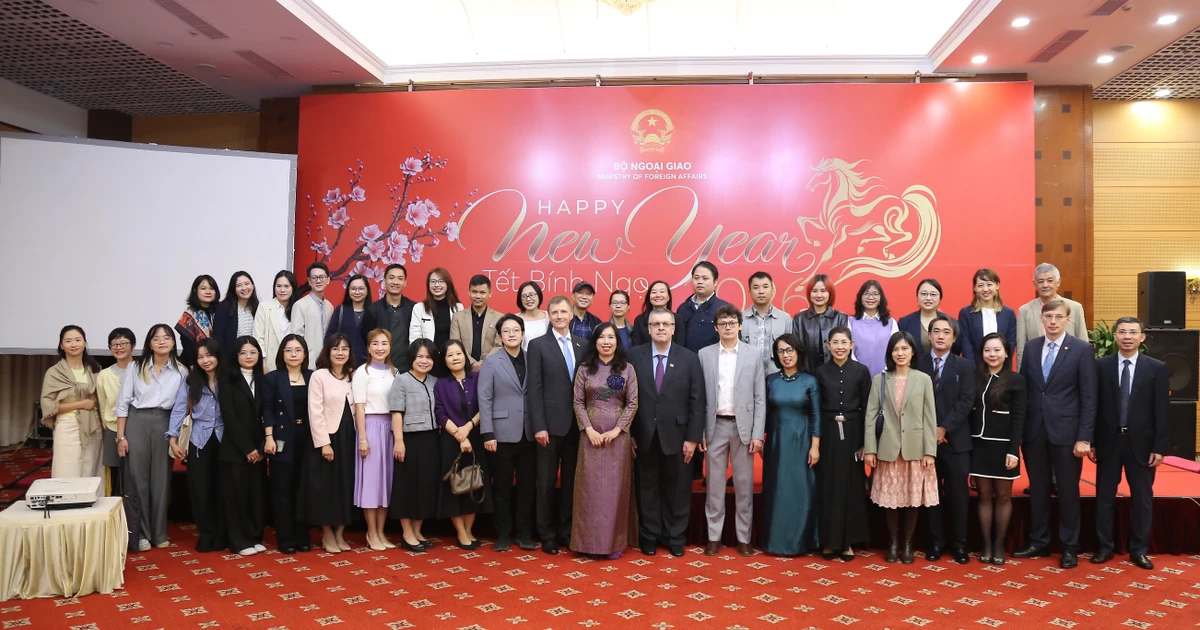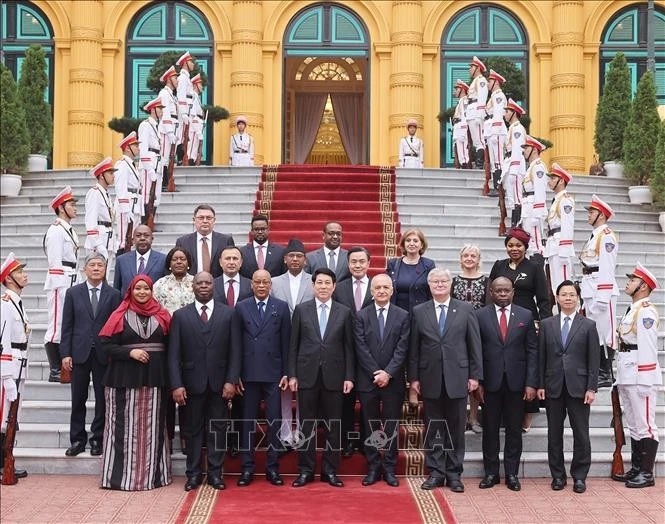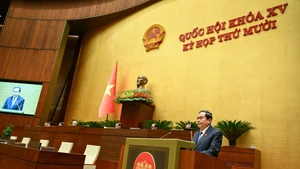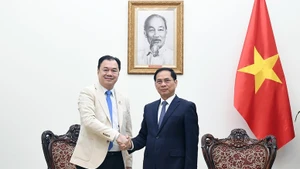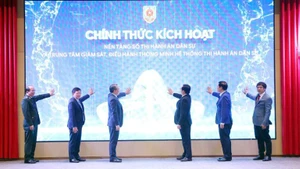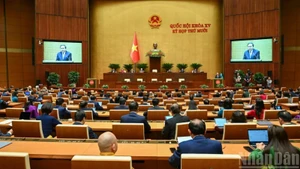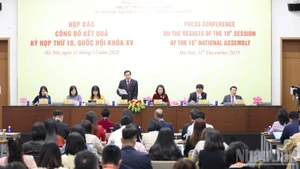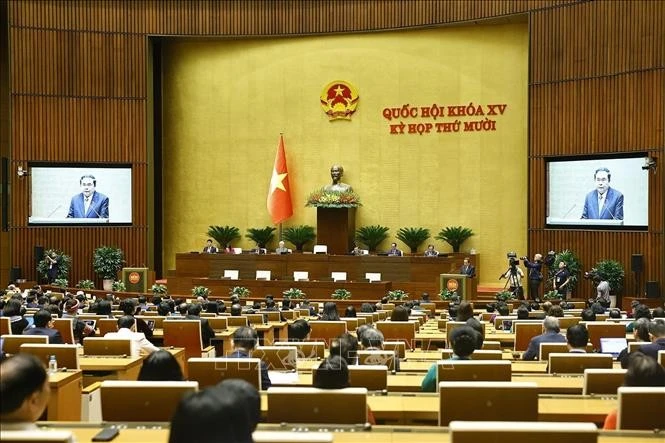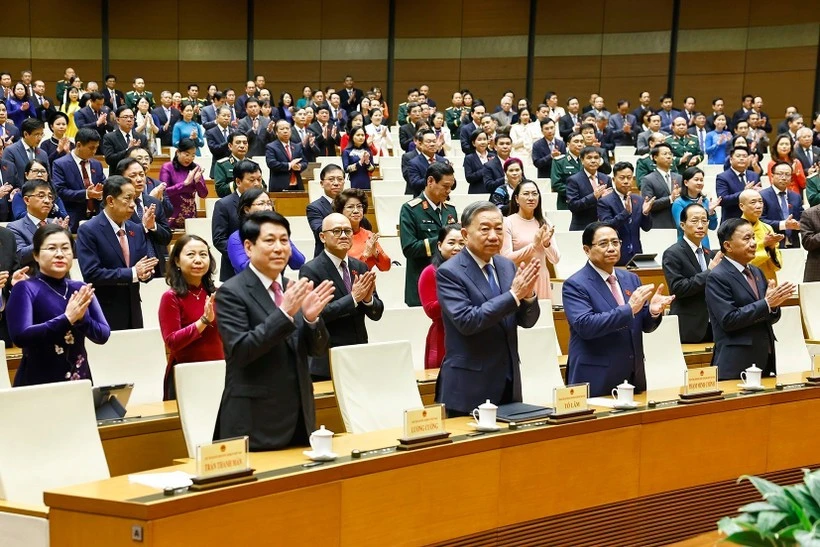On April 5, 1975, upholding the Politburo’s determination to liberate the South before the rainy season, the Duyen Hai wing, consisting of the Army Corps 2 and Division 3 of Military Zone 5, was officially formed. Lieutenant General Le Trong Tan, Deputy Chief of the General Staff, was appointed Commander.
Lieutenant General Le Quang Hoa, Deputy Head of the General Political Department, was appointed Political Commissar. Lieutenant General Dong Sy Nguyen, Commander of the Truong Son Corps, was appointed Deputy Commander in charge of roads and logistics for this wing.
The Central Military Commission also decided to reinforce the Duyen Hai wing—the eastern wing—with Divisions 325 and 304 and several artillery, tank, air defence, and engineering units.
Also on April 5, 1975, at the Army Corps 2’s command headquarters in Hoa Khanh, comrades Le Trong Tan and Le Quang Hoa assigned urgent marching orders to units under the Corps so that the lead units could begin moving by April 7, 1975.
Meanwhile, on the same day, Division 312 of the Army Corps 1 arrived at the Ministry's traffic adjustment station in Dong Ha District (Quang Tri Province). There, the division received orders to continue motorised movement along the western Truong Son route into southeast Vietnam in time to participate in the campaign to liberate Saigon.
In Can Tho, on April 5, 1975, Regiment 10 and Tay Do Battalion of Can Tho Province used mortars to attack the headquarters of Division 11 of the Army of the Republic of Vietnam and launched a second raid on the Mot Ngan District military unit.
Also on April 5, 1975, the first military transport flight bearing the Liberation Army insignia from the North landed at Phu Bai Airport (Hue), followed two days later by a landing in Da Nang. This marked the beginning of the Hanoi–Hue, Hanoi–Da Nang air routes and the organisation of flights from Da Nang to newly liberated airports in the Central Highlands.
Amidst the nation’s fervent preparation for battle, all transport forces—consisting of 12,000 personnel, 6,300 trucks under the Command of the Truong Son Soldiers’ Corps, over 2,100 vehicles from the Transport Department under the General Logistics Department, and hundreds of trucks from various military zones, corps, and service branches—were mobilised to transport troops and supplies for the Saigon–Gia Dinh liberation campaign.
By April 1975, units under the Truong Son Command had transported more than 115,000 soldiers and 90,000 tonnes of supplies to the South, including 37,000 tonnes of weapons and 9,000 tonnes of fuel.
On the same day, the Saigon government’s President Nguyen Van Thieu decided to reinforce the “Phan Rang steel shield” with an airborne brigade, a ranger group, and several armoured units to hold the remaining territory.
At the same time, Thieu appointed House Speaker Nguyen Ba Can as Prime Minister, replacing Tran Thien Khiem. To bolster the Republic of Vietnam army’s power, two large American aircraft carriers from the Pacific Fleet began patrolling the southern Vietnamese waters to demonstrate power. President Gerald Ford authorised the evacuation of American families and personnel from Vietnam.
